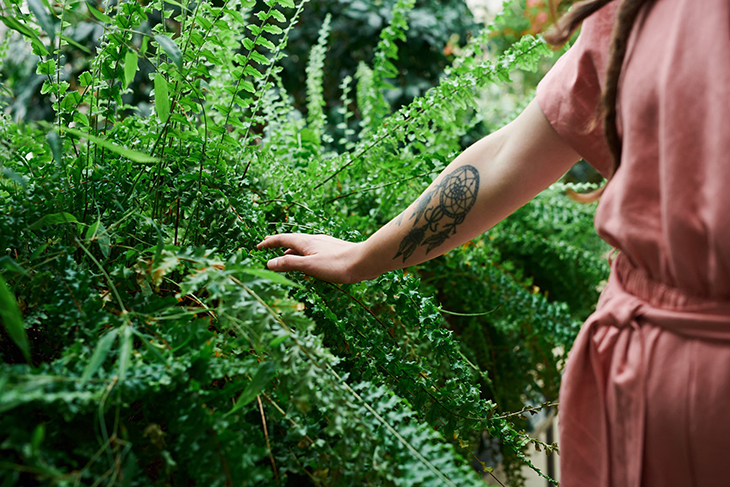
In a fascinating revelation that challenges our perception of plants, researchers have uncovered a remarkable aspect of their responsiveness to touch. While plants lack a nervous system akin to animals, they exhibit a sophisticated ability to sense tactile interactions.
Scientists at Washington State University have conducted a series of sophisticated experiments that unveil the intricacies of plants’ reaction to touch, shedding light on a hidden facet of their existence.
Contrary to the notion that plants are passive entities, this study delves into the profound ways in which they perceive and respond to physical contact. Through the use of advanced microscopy techniques, the researchers embarked on an explanation of plants’ intricate cellular responses to touch. This endeavor involved 84 experiments conducted on tobacco and thale cress species, which had been specially engineered to possess calcium sensors.
The findings of this research hold significant implications for our understanding of plant behavior. When a pest like a caterpillar gnaws on a plant’s leaf, it triggers a chain of defensive reactions within the plant. These defenses often involve the release of chemicals that render the leaves unappetizing or even toxic to the pest. Prior studies had already hinted at the fascinating relationship between touch and plants’ genetic responses. Brushing against a plant, for instance, sets off waves of calcium that activate specific genes.
To delve deeper into this phenomenon, the scientists meticulously examined individual plant cells using a microscope. Employing a glass rod with a width akin to a human hair, they gently probed the cells to observe their reactions. Astonishingly, within a mere 30 seconds, slow waves of calcium signals emanated from the point of touch, initiating a chain reaction throughout the plant. This rapid response time challenges conventional perceptions of the comparatively languid pace at which plants operate.
Michael Knoblauch, WSU biological sciences professor and senior author of the study in the journal Nature Plants says, “It is quite surprising how finely sensitive plants cells are—that they can discriminate when something is touching them. They sense the pressure, and when it is released, they sense the drop in pressure.”
“It’s surprising that plants can do this in a very different way than animals, without nerve cells and at a really fine level,” he adds.
The driving force behind these waves appears to be the alteration in pressure within the plant cell. While animal cells possess permeable membranes, plant cells are fortified by sturdy cellular walls that provide robust protection. Consequently, even a gentle touch can momentarily elevate pressure within a plant cell, sparking the propagation of calcium signals.
Peter Wohlleben, a renowned figure known as the “tree herder” from Germany, has advanced remarkable hypotheses about the perceptiveness of plants. He suggests that plants possess the capacity to see, communicate, recognize kin, and even impart knowledge – an idea that once seemed implausible but is gaining scientific traction.
Though this study has illuminated the distinction between calcium waves triggered by touch and those prompted by release, a tantalizing realm of inquiry remains. The intricate interplay between these calcium signals and the genetic responses they elicit remains a subject of ongoing investigation. The question of what precisely plants are capable of initiating in response to touch continues to intrigue researchers.
As a testament to the significance of this revelation, a visual representation of the calcium signal’s reaction to touch is available in a .gif file on the WSU press page. This mesmerizing visual encapsulated the dynamic and intricate world of plants, providing a glimpse into their hidden language of responses and interactions.
The study’s implications extend beyond the realm of scientific curiosity, sparking contemplation about the depth of consciousness exhibited by the green inhabitants that share our world.
What are your thoughts? Please comment below and share this news!
True Activist / Report a typo


